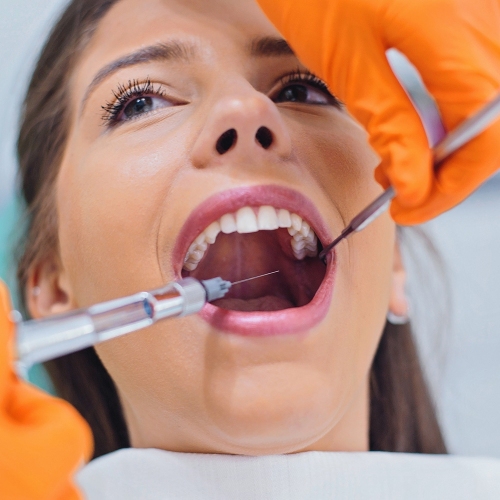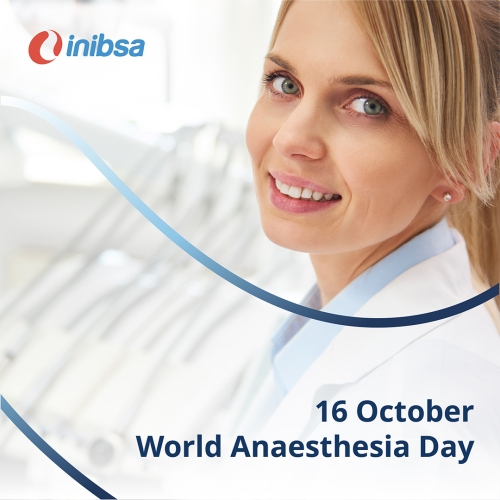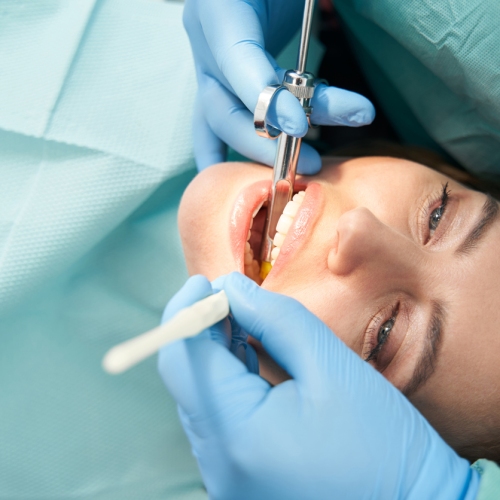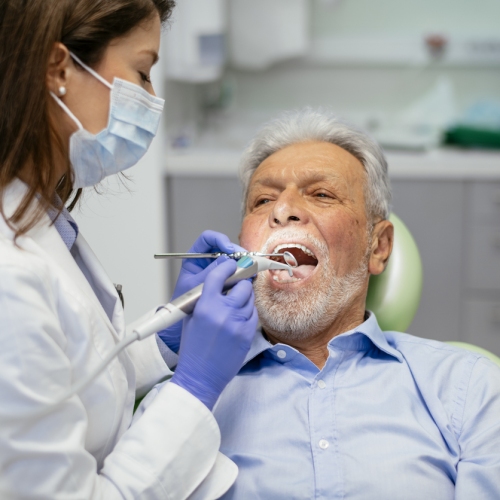ANAESTHETICS USED IN DENTISTRY
THE SHORTCOMINGS OF CURRENT LOCAL ANAESTHETICS ON THE MARKET
All local anaesthetics have the same mechanisms of action—they prevent the propagation of action potentials caused by painful stimuli. These local anaesthetics achieve this by blocking sodium channels at the cell surface [1]. Lidocaine, articaine, mepivacaine, and bupivacaine are considered relatively safe and effective in most patient populations. However, prilocaine increases the risk of methemoglobinemia in paediatric patients— a condition affecting oxygen levels in the blood [2].
The current best method to avoid systemic toxicity from dental anaesthetics is having full awareness of the patient’s weight and comorbidities like hepatic or renal dysfunction and heart failure. Administration of concomitant medications may also influence local anaesthetic blood levels. Even with these efforts, a patient’s unknown underlying condition or genetics may predispose them to systemic toxicity. Due to this, dentists must be attentive for signs of systemic toxicity, which include:
- altered medical status
- metallic taste
- circumoral numbness
- tinnitus
- slurred speech
- altered medical status
- bradycardia
- hypotension
- ventricular arrhythmias
- seizures
- cardiac arrest
Pediatric patients are more susceptible to adverse events and systemic toxicity. Most local anaesthetics for dental use are indicated for children older than 4 years of age. The amount to be injected should be determined by the age and weight of the child and the scale of the procedure.
Paediatric patients are not the only patient population susceptible to the adverse effects of currently available local anaesthetics. Geriatric patients are also at risk. Often, elderly individuals have decreased liver and kidney function. Given this, metabolism and excretion of local anaesthetics differs in the elderly, so lower doses of local anaesthetic are often recommended [1]. Beyond this, elderly populations are more likely to have heart disease. Local anaesthetic formulations usually contain epinephrine. When treating elderly individuals, the minimum amount to achieve a sufficiently deep anaesthetic effect is recommended.
USE IN PREGNANCY
Currently, only two local anaesthetics have enough literature to indicate no foetal risk of teratogenic effects in pregnant women: prilocaine and lidocaine (FDA pregnancy risk category B) [1]. Studies are insufficient to support the use of bupivacaine, articaine, or mepivacaine in pregnant women (FDA pregnancy risk category C), therefore they can only be used after carefully considering that the benefits outweigh the risks in each case. The field of dentistry could benefit from safer alternatives to current local anaesthetics for pregnant women.
DRUG INTERACTIONS
As mentioned, formulations of local anaesthetics usually include a vasoconstrictor like epinephrine. Unfortunately, a great deal of dangerous drug interactions exist when using currently available local anaesthetics in combination with medicines like beta blockers, tricyclic antidepressants, amphetamines, and volatile anaesthetics [1]. The list with possible interactions with other pharmacological agents can always be consulted in the product leaflet.
INFLAMMATORY ACIDOSIS
Inflamed dental pulps present another barrier to the effectiveness of currently available local anaesthetics. This is due to increased vascularity and the decreased pH of the local area, lowered (acidified) by inflammatory factors. The new acidic pH inhibits the action of local anaesthetics [3, 4]. Acidity affects the pharmacokinetics and pharmacodynamics of local anaesthetics by decreasing their lipid solubility [3]. The combination of these molecular changes makes achieving anaesthesia difficult [1]. Some workarounds are possible to circumvent inflammatory acidosis. These include injecting at a more distant site and buffering the local anaesthetic. However, alternatives with higher rate of success are missing from the market.
The dental field is ever evolving, and although many local anaesthetics exist on the market, there is always room for more innovative local anaesthetics and administration methods. However, the development of new anaesthetics is relatively slow. It is safe to say that, despite the current limitations imposed by these widely used molecules, the field of dentistry will be using the currently available anaesthetics for at least the next decade. New administration methods are also slow to develop. Dental cartridges are still a staple of the field. Even with new developments, their low price per unit will be difficult to beat.
REFERENCES:
1. https://www.sciencedirect.com/science/article/pii/S0020653920365175
2. https://www.dentistryiq.com/dentistry/pediatric-dentistry/article/16353902/prilocaine-dental-anesthetic-poses-a-greater-risk-of-increased-methemoglobin-in-children
3. https://www.ncbi.nlm.nih.gov/pmc/articles/PMC3218719/
4. https://www.elsevier.com/books/handbook-of-local-anesthesia/malamed/978-0-323-58207-0; Malamed, SF. Handbook of Local Anesthesia. Seventh Edition. Elsevier Mosby, 2020.p.289




































